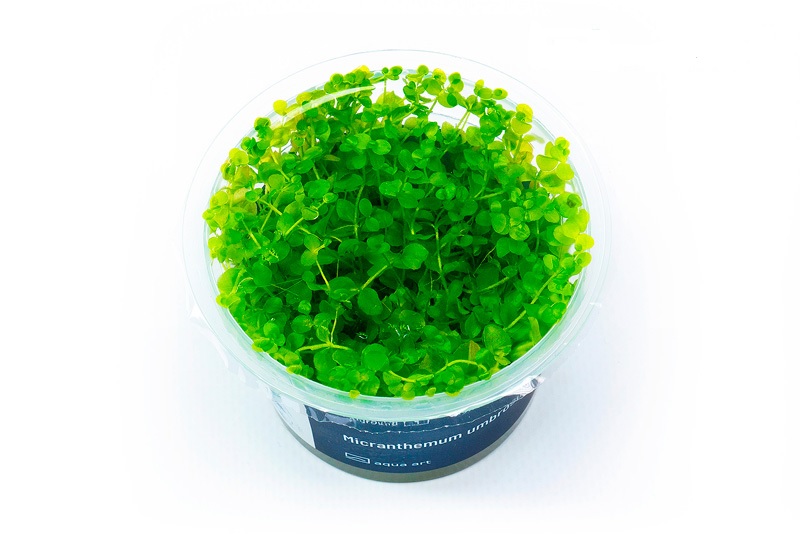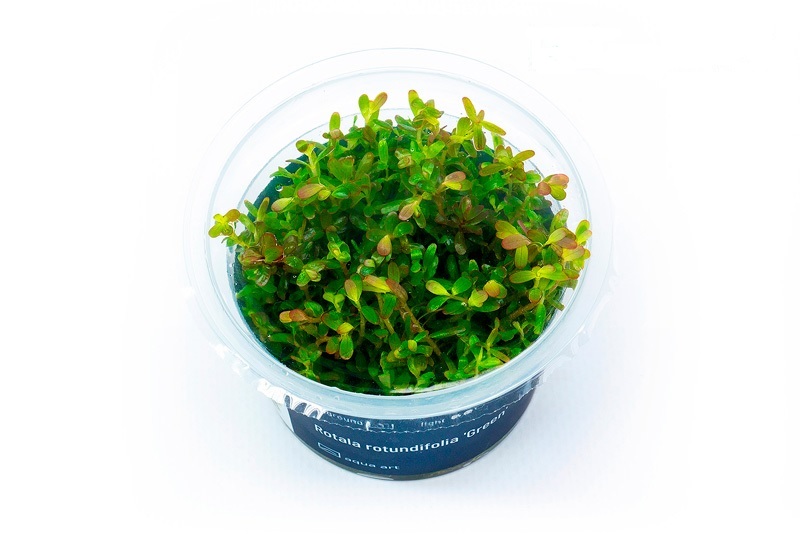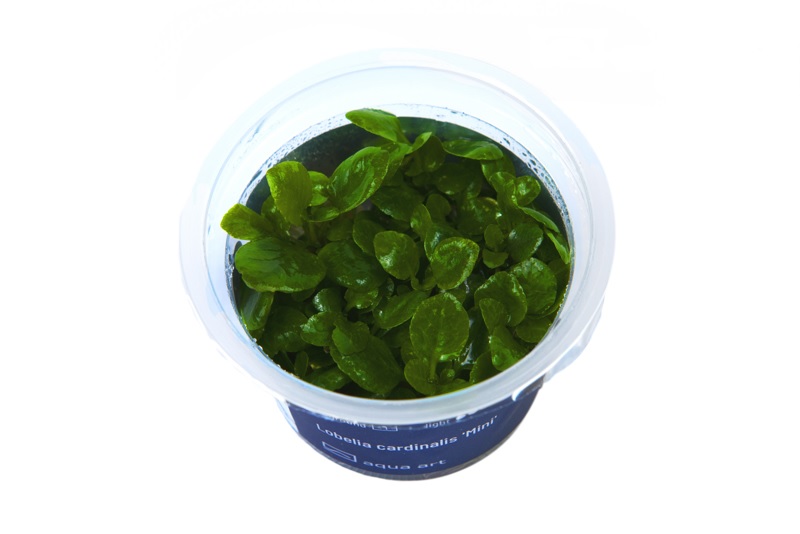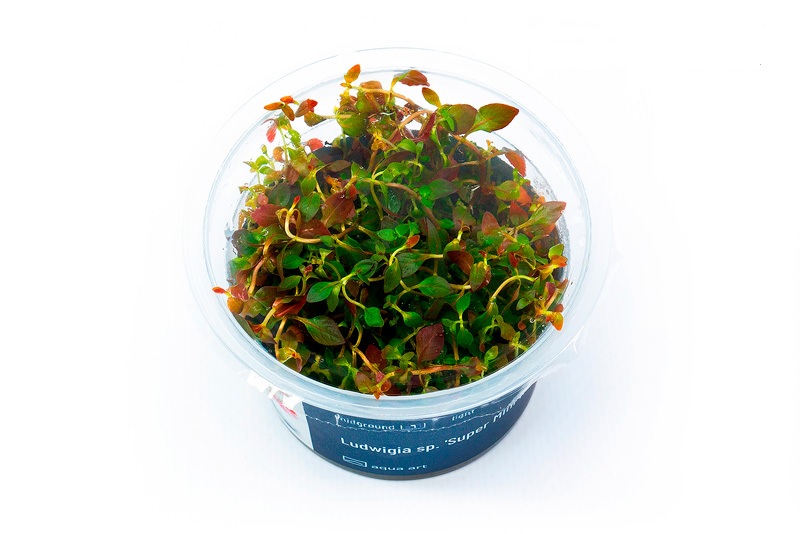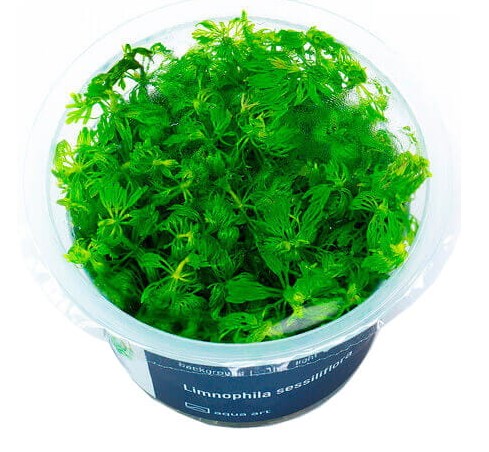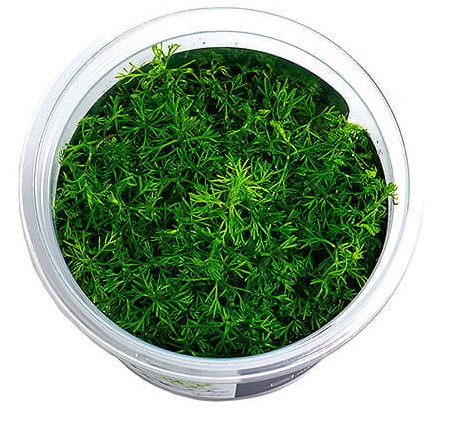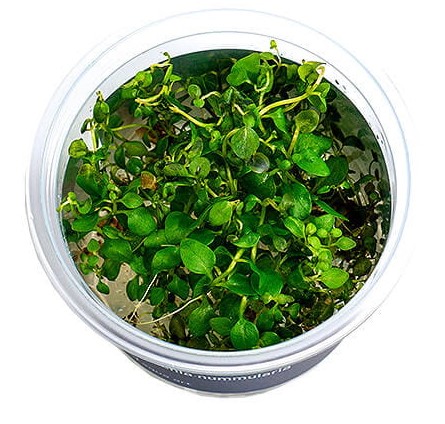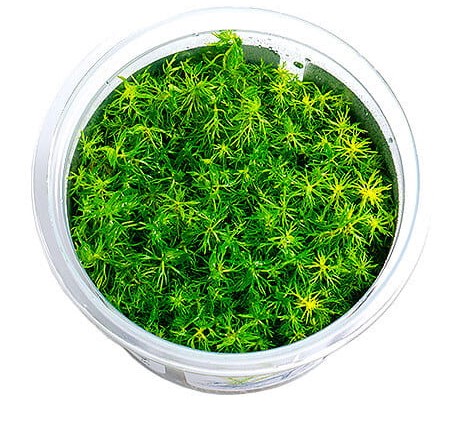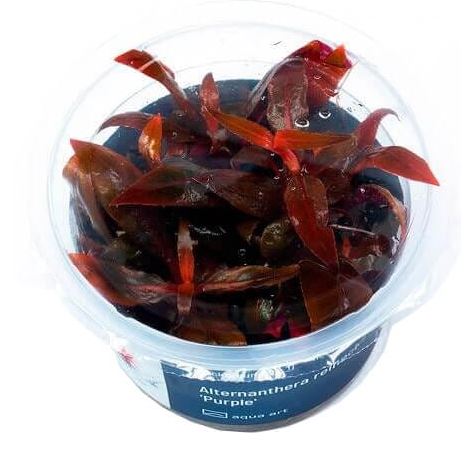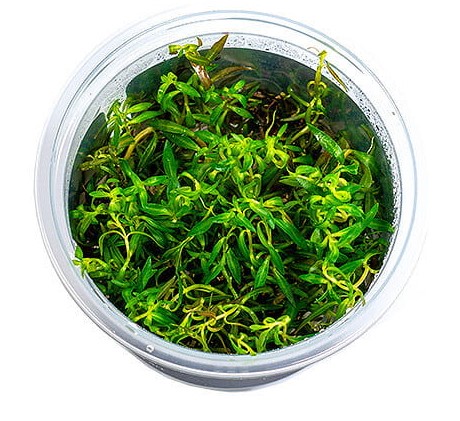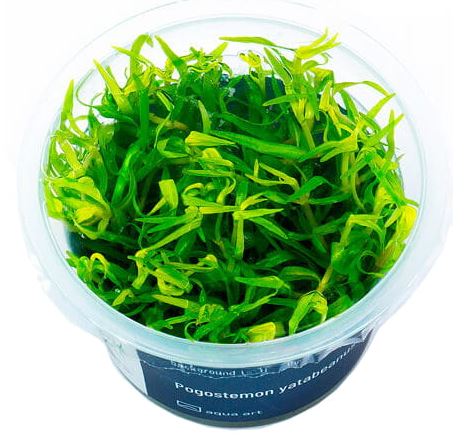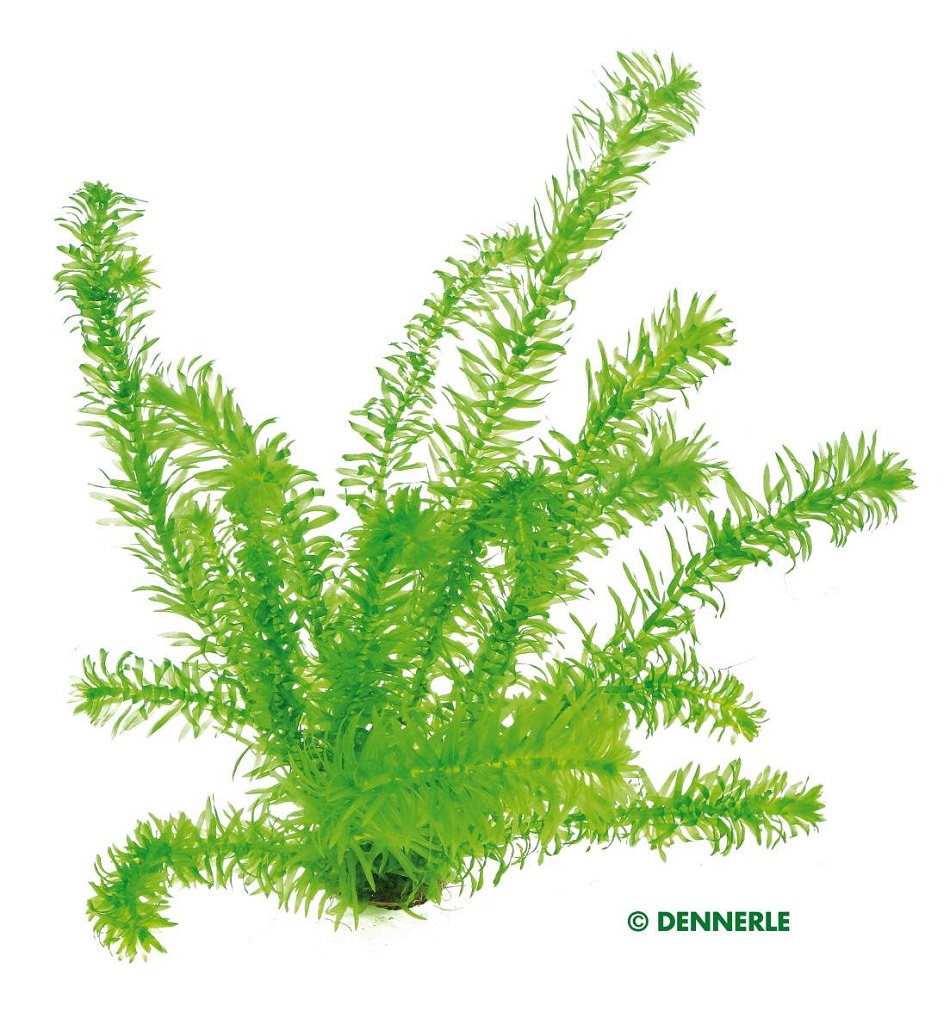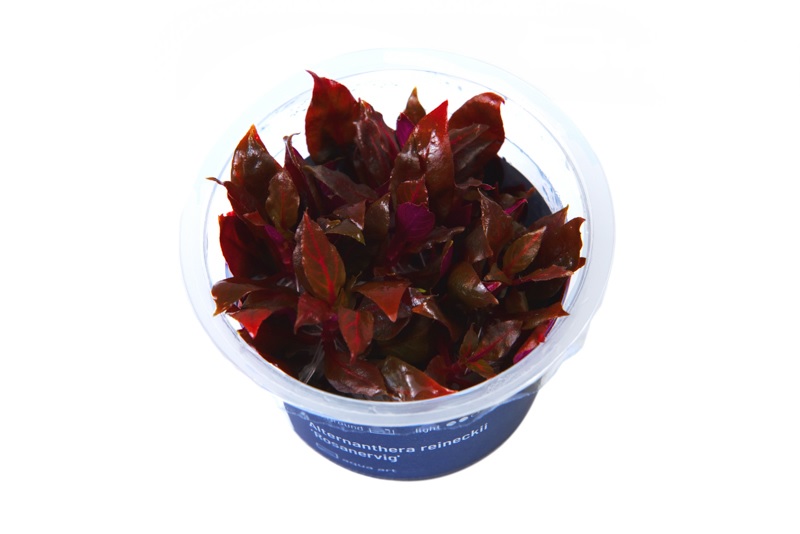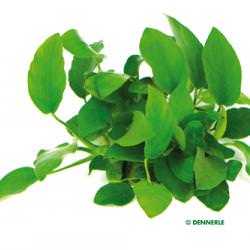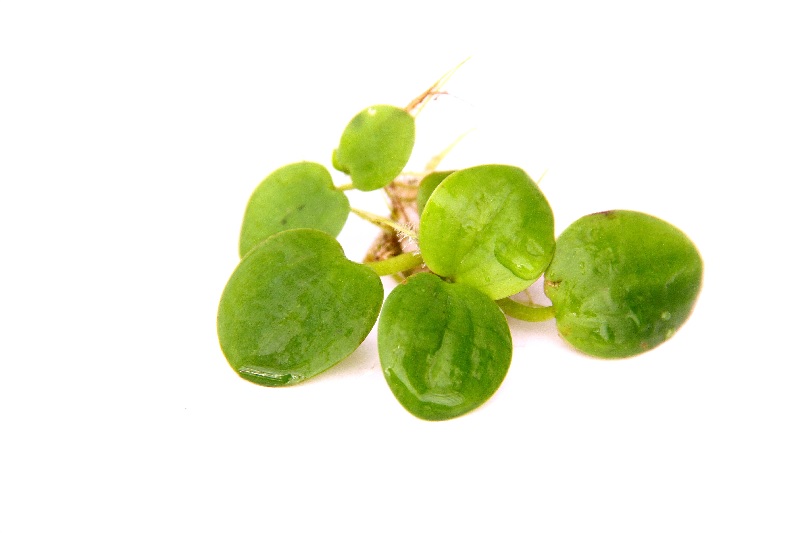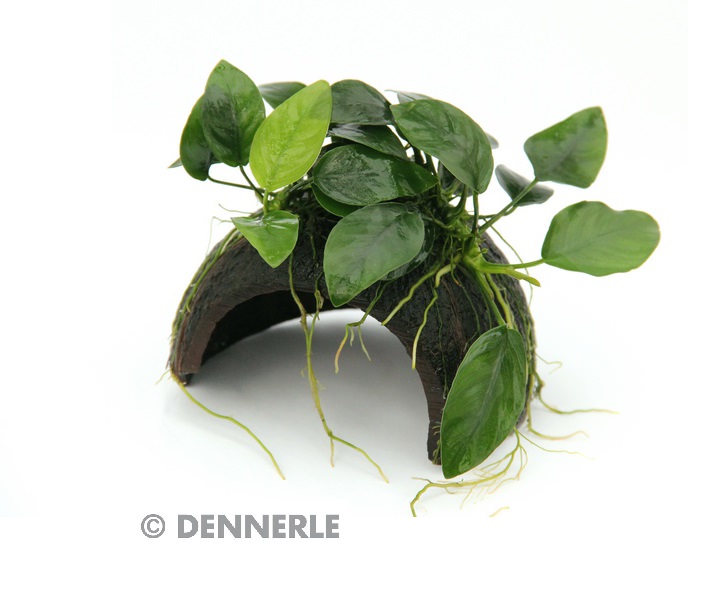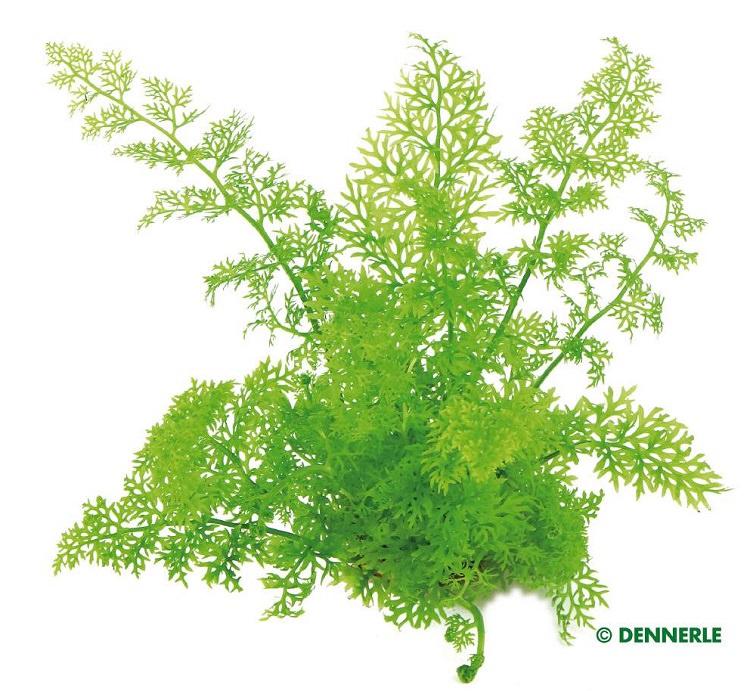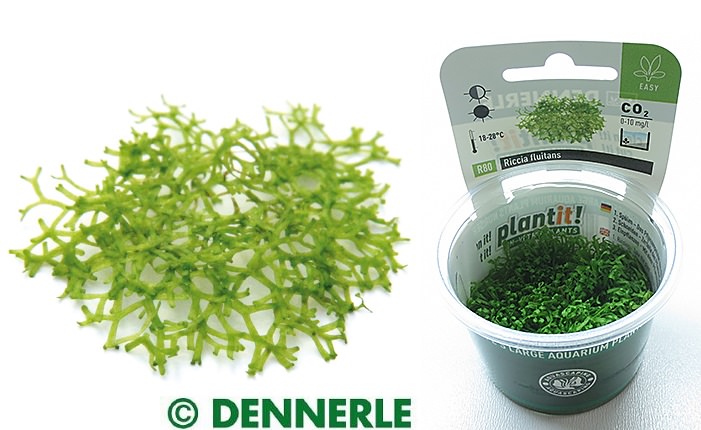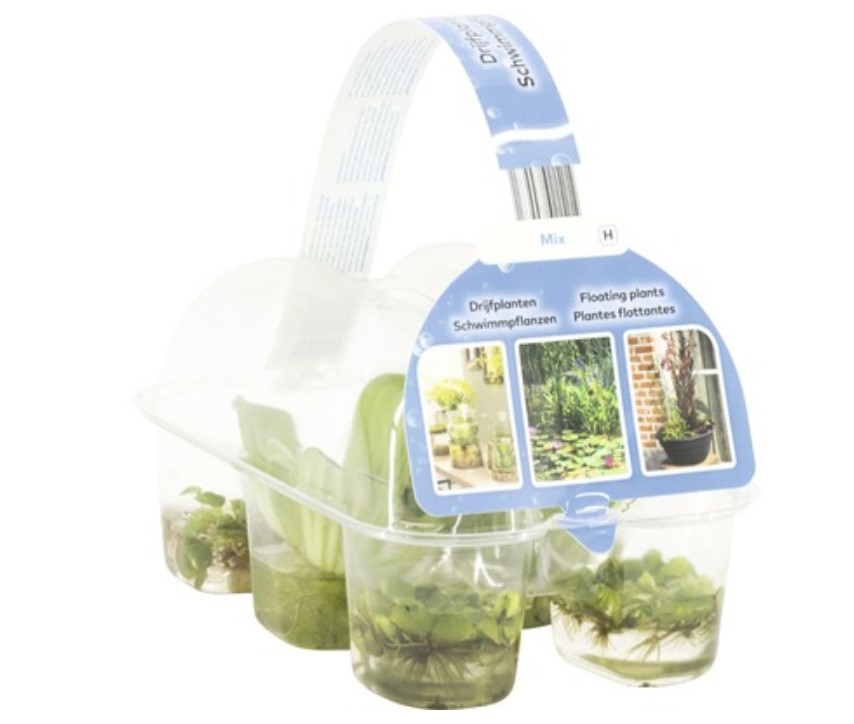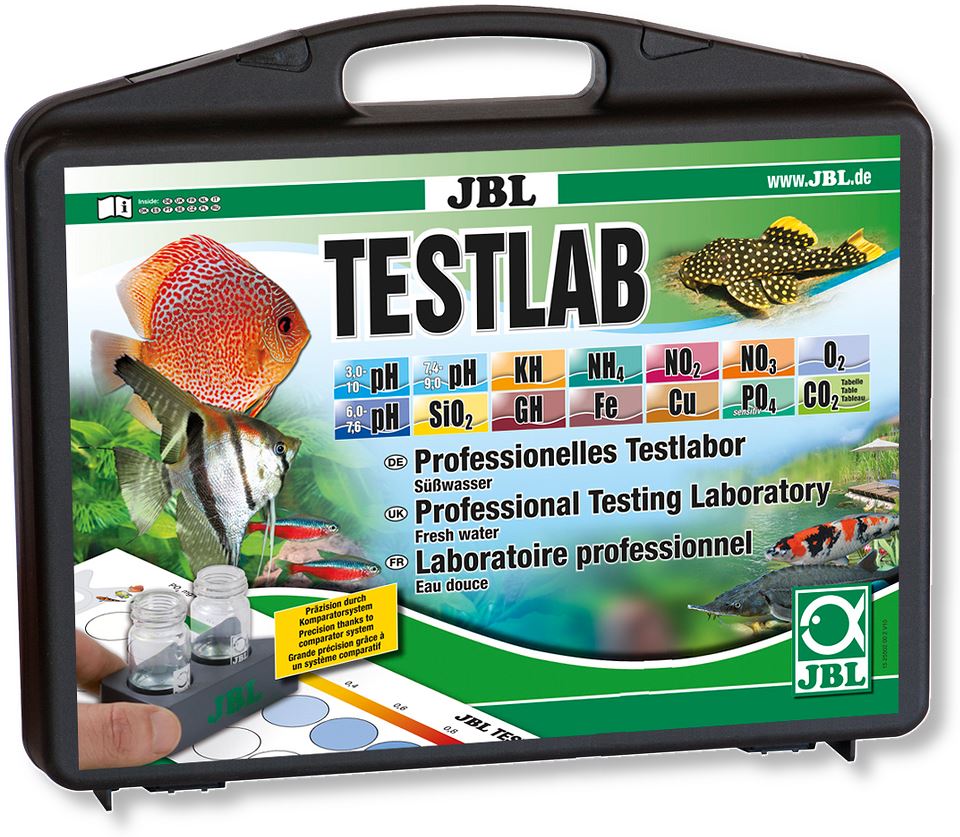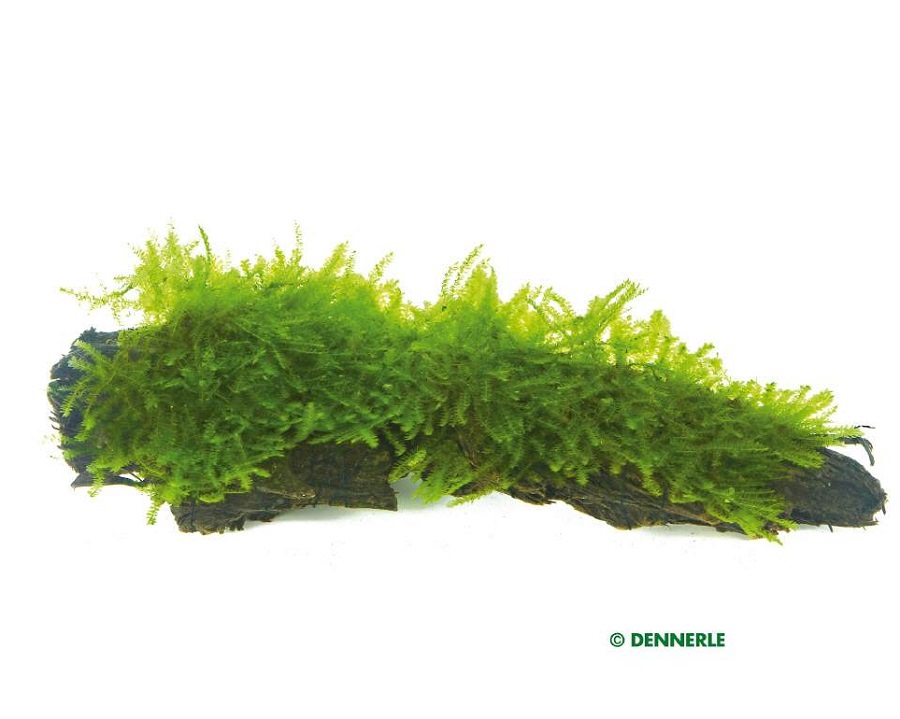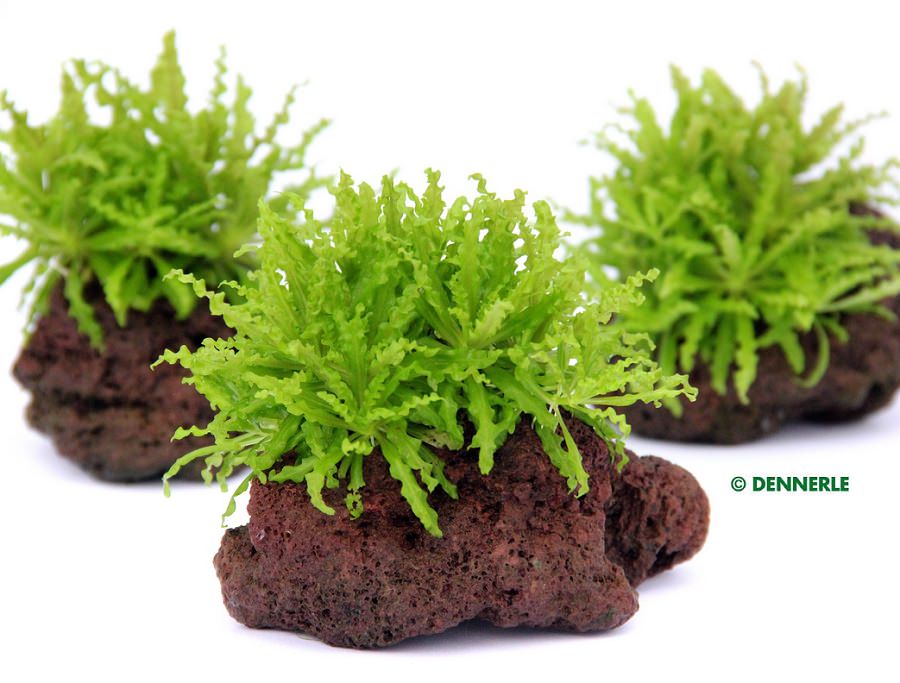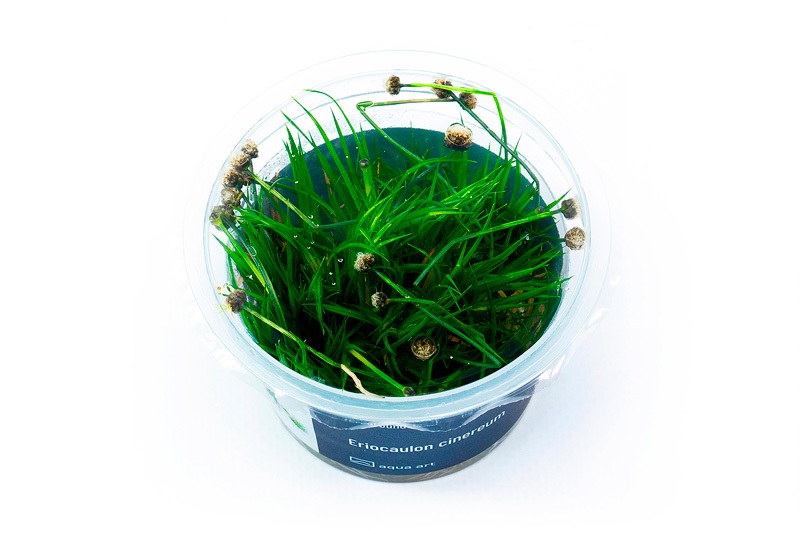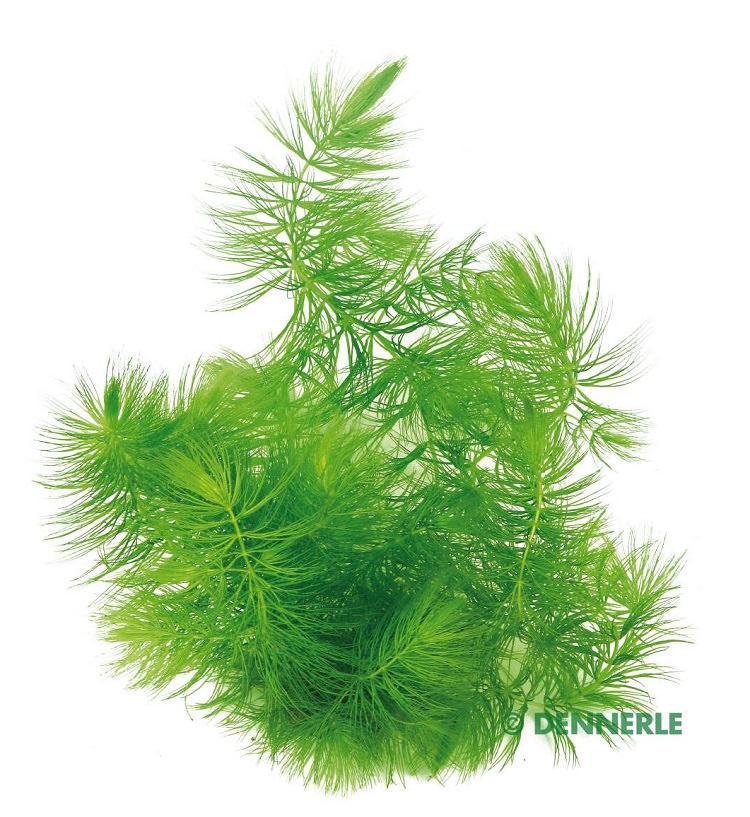

| Quantity | Unit price |
|---|---|
| To 4 |
CHF8.50
|
| From 5 |
CHF7.50
|
Stock: 0
Available in 1-3 days, acquisition time 14 days

Ceratophyllum demersum
| max. growth height | - 120 cm | Country of origin | Cosmopolitan |
|---|---|---|---|
| Suitability | Discus aquarium, community aquarium, NanoCubes, perch aquarium | Type | Floating plant |
| family | Ceratophyllaceae | Genus | Ceratophyllum |
| Propagation | Head cuttings, side shoots | Growth rate | fast |
| pH | 6 - 8 | Water hardness | 5 - 25 °dh |
| Advice | Recommended as an algae stopper for all new installations. Care instructions | ||
The hornwort is a cosmopolitan plant that can be found in many bodies of water around the world. We found the free-floating stem plant in huge populations in a tributary of the Rio Miranda on the edge of the Pantanal in South America. The growth rate of the stems is enormous, so they have to be constantly pruned. Ceratophyllum is considered a "miracle weapon" against algae growth. The explanation is quite simple: the plant is a strong nutrient consumer and removes the algae's food source. The use of hornwort is recommended for every new aquarium.
| Aquarium: | Barschaquarium, Gesellschaftsaquarium, Nano Aquarium |
|---|---|
| Eigenschaften: | Schwimmpflanzen |
| Gattung: | Ceratophyllum - Hornkraut |
| Herkunft: | Weltweit |
| Stand: | Im Hintergrund |
| Wachstum: | schnell |
7 of 7 reviews
4.5 out of 5 stars
Login
July 30, 2021 05:44
Immer wieder!
Schönes gesundes Kraut!
March 4, 2021 14:25
Top
Das hornkraut wahr gefrohren hat sich aber schnell erholt und macht sich super im aquarium
September 17, 2020 19:30
Wir sind zufrieden.
Sehr gut !
March 29, 2019 17:41
Bien embaler pousse vit
Bien embaler pousse vit
November 30, 2018 14:38
Top
Top
January 14, 2018 11:17
Cool Alles Super...
Cool Alles Super
December 15, 2017 18:00
Guter Lieferzustand. Gut...
Guter Lieferzustand. Gute Benacghrichtigung Die weitere Entwicklung der Pflanzen zeigt sich erst später!
Suggested products
Customers also bought
Customers also viewed


